
Clarke County is a county located in the U.S. state of Mississippi. As of the 2020 census, the population was 15,615. Its county seat is Quitman. Clarke County is named for Joshua G. Clarke, the first Mississippi state chancellor and judge.

Natchez is the only city in and the county seat of Adams County, Mississippi, United States. It has a total population of 14,520. Located on the Mississippi River across from Vidalia in Concordia Parish, Louisiana, Natchez was a prominent city in the antebellum years, a center of cotton planters and Mississippi River trade.

Quitman is a city in Clarke County, Mississippi, United States, along the Chickasawhay River. The population was 2,323 at the 2010 census. Quitman is the county seat of Clarke County.

John Anthony Quitman was an American lawyer, politician, and soldier. As President of the Mississippi Senate, he served one month as Acting Governor of Mississippi as a Whig. He was elected Governor in 1850 as a Democrat, and served from January 10, 1850, until his resignation on February 3, 1851, shortly after his arrest for violating U.S. neutrality laws. He was strongly pro-slavery and a leading Fire-Eater.

William Barksdale was a lawyer, newspaper editor, US Representative, and Confederate general in the American Civil War. He served four terms in the U.S. House of Representatives from 1853 to 1861.
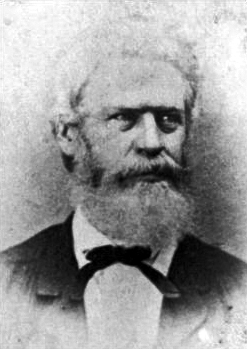
Douglas Hancock Cooper was an American politician, soldier, Indian Agent in what is now Oklahoma, and Confederate general during the American Civil War.
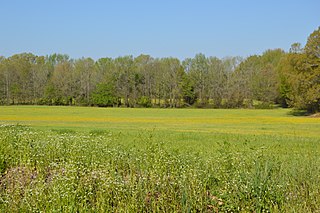
The Siege and Battle of Corinth Sites are a National Historic Landmark District encompassing surviving elements of three significant American Civil War engagements in and near Corinth, Mississippi. Included are landscape and battlefield features of the Siege of Corinth, the Second Battle of Corinth, and the lesser Battle of Hatchie's Bridge on October 5, 1862. The district includes features located in both Alcorn County, Mississippi and Hardeman County, Tennessee, with some of the former preserved as part of Shiloh National Military Park. It was designated a landmark in 1991.

The American Civil War significantly affected Tennessee, with every county witnessing combat. It was a divided state, with the Eastern counties harboring pro-Union sentiment throughout the conflict, and it was the last state to officially secede from the Union, in protest of President Lincoln's April 15 Proclamation calling forth 75,000 members of state militias to suppress the rebellion. Although Tennessee provided a large number of troops for the Confederacy, it would also provide more soldiers for the Union Army than any other state within the Confederacy.

During the American Civil War, Arkansas was a Confederate state, though it had initially voted to remain in the Union. Following the capture of Fort Sumter in April 1861, Abraham Lincoln called for troops from every Union state to put down the rebellion, and Arkansas and several other states seceded. For the rest of the civil war, Arkansas played a major role in controlling the Mississippi River, a major waterway.

Louisiana was a dominant population center in the southwest of the Confederate States of America, controlling the wealthy trade center of New Orleans, and contributing the French Creole and Cajun populations to the demographic composition of a predominantly Anglo-American country. In the antebellum period, Louisiana was a slave state, where enslaved African Americans had comprised the majority of the population during the eighteenth-century French and Spanish dominations. By the time the United States acquired the territory (1803) and Louisiana became a state (1812), the institution of slavery was entrenched. By 1860, 47% of the state's population were enslaved, though the state also had one of the largest free black populations in the United States. Much of the white population, particularly in the cities, supported slavery, while pockets of support for the U.S. and its government existed in the more rural areas.

Longwood, also known as Nutt's Folly, is a historic antebellum octagonal mansion located at 140 Lower Woodville Road in Natchez, Mississippi, United States. Built in part by enslaved people, the mansion is on the U.S. National Register of Historic Places, and is a National Historic Landmark. Longwood is the largest octagonal house in the United States.

The Franklin and Armfield Office, which houses the Freedom House Museum, is a historic commercial building in Alexandria, Virginia. Built c. 1810–1820, it was first used as a private residence before being converted to the offices of the largest slave trading firm in the United States, started in 1828 by Isaac Franklin and John Armfield. "As many as [a] million people are thought to have passed through between 1828 and 1861, on their way to bondage in Mississippi and Louisiana". Another source, using ship manifests in the National Archives, gives the number as "at least 5,000".
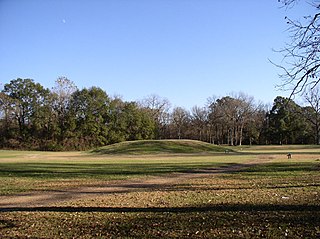
Grand Village of the Natchez, also known as the Fatherland Site, is a 128.1-acre (0.518 km2) site encompassing a prehistoric indigenous village and earthwork mounds in present-day south Natchez, Mississippi. The village complex was constructed starting about 1200 CE by members of the prehistoric Plaquemine culture. They built the three platform mounds in stages. Another phase of significant construction work by these prehistoric people has been dated to the mid-15th century. It was named for the historic Natchez people, who used the site in the 17th and 18th centuries.

Monmouth is a historic antebellum home located at 1358 John A. Quitman Boulevard in Natchez, Mississippi on a 26-acre (11 ha) lot. It was built in 1818 by John Hankinson, and renovated about 1853 by John A. Quitman, a former Governor of Mississippi and well-known figure in the Mexican–American War. It is one of Natchez's grandest Greek Revival mansions. It was declared a Mississippi Landmark in 1986 and a National Historic Landmark in 1988. It is now a small luxury hotel.
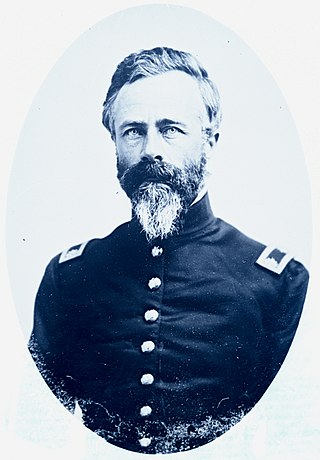
Thomas R. Williams was an antebellum United States Army officer and a brigadier general in the Union Army during the Civil War. He was killed as he commanded the Union troops at the Battle of Baton Rouge.

Lansdowne is a historic mansion that is listed on the National Register of Historic Places in Natchez, Adams County, Mississippi. It was originally built as the owner's residence on the 727-acre, antebellum, Lansdowne Plantation. The mansion and 120 acres are still owned and occupied by the descendants of the builder, who open it periodically for tours.
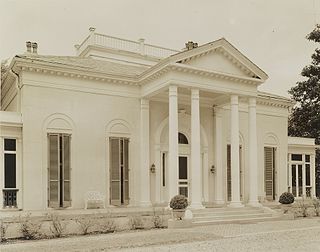
Montaigne is a historic house in Natchez, Adams County, Mississippi.
The China Grove Plantation is a historic Southern plantation in Natchez, Adams County, Mississippi.
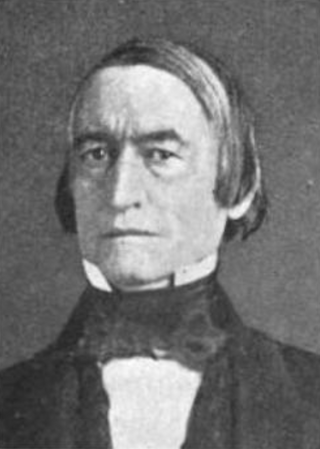
Cotesworth Pinckney Smith was an associate justice of the Supreme Court of Mississippi from 1832 to 1838, and again in 1840, and was chief justice from 1849 to 1861, returning to Associate Justice status from then until his death in 1862.

The Neibert-Fisk House, also known as Choctaw, is a historic mansion built in 1836 and located in Natchez, Mississippi, USA. It has been listed on the National Register of Historic Places for architecture since January 22, 1979.




















